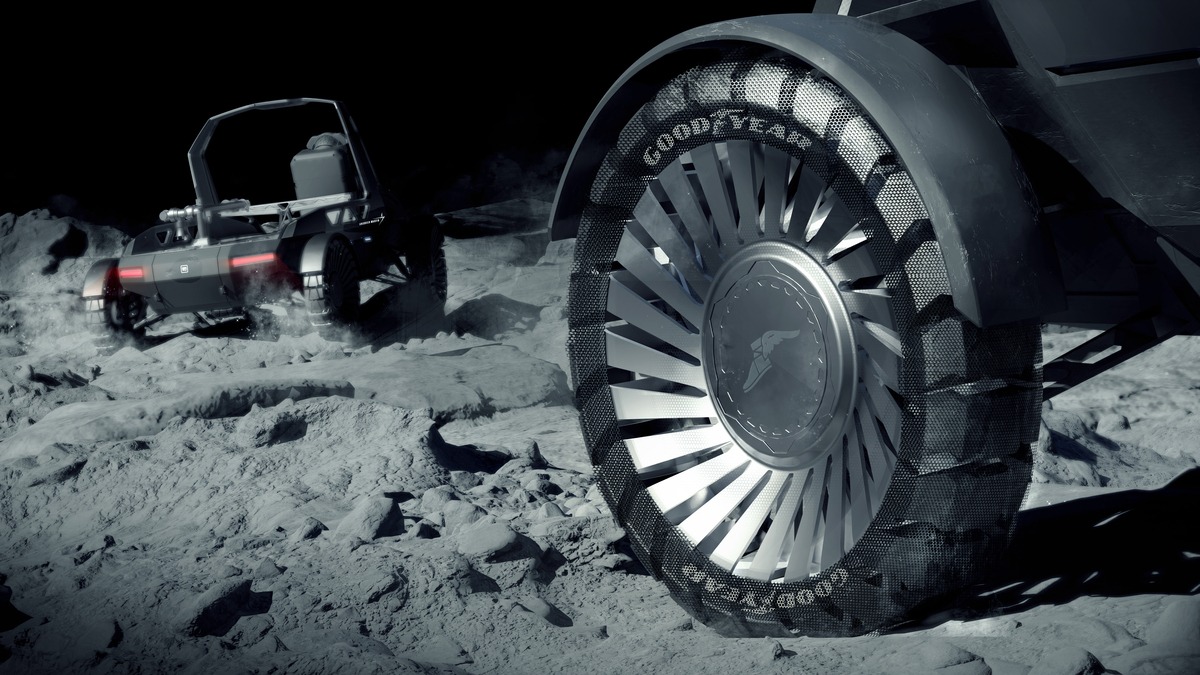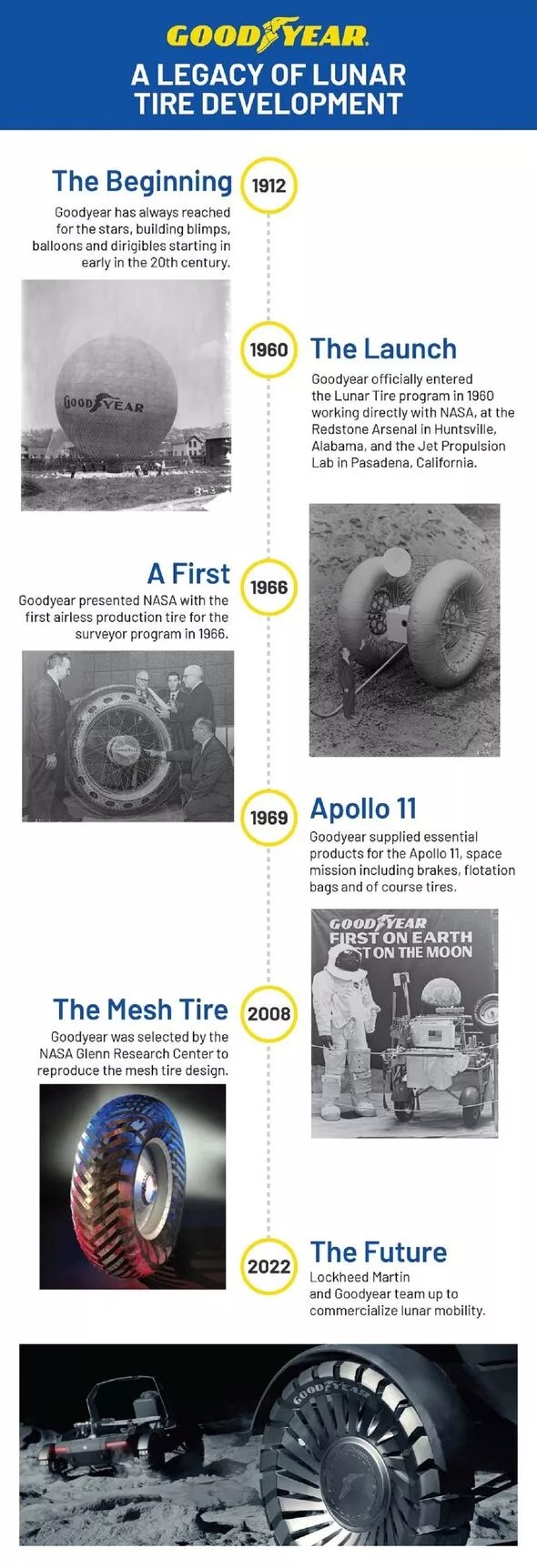The Goodyear Tire&Rubber Company has a long tradition of supplying key products to NASA. In particular, during the Apollo program, in which a man landed on the Moon for the first time in 1969. Since that time, the firm has continued to innovate with NASA to improve lunar vehicles. Goodyear is currently actively developing innovative wheels that could last longer and traverse more challenging terrain to meet the requirements of future lunar mission plans.

Meanwhile, Lockheed Martin has more than 50 years of experience working with NASA on the development of space vehicles, including the Orion spacecraft for the Artemis program, with which humanity will return to the Moon. Now the companies are uniting to create a joint project of a vehicle capable of resisting extreme temperatures and rough terrain with craters in conditions of 1/6 of the earth’s gravity.
“We are striving to create vehicles that can be operated by astronauts, as well as capable of operating autonomously without a crew,” said Kirk Shearman from Lockheed Martin.

To help create vehicles on the Moon, Goodyear draws on its years of experience developing airless tires for different types of vehicles used on Earth. According to Lockheed Martin, the moon rovers that were used during the Apollo missions were built only for use for several days within 10-12 km of the landing sites. But upcoming missions will have to traverse rugged terrain over much longer distances, operating in high extreme temperatures and over a period of weeks to months.
“We will create a new generation of durable tires that will withstand extreme temperatures from -156°C to +121°C,” said Chris Helsel from Goodyear.
Earlier, Lockheed Martin and General Motors became partners in the creation of the lunar rover.
According to Financial Express
Follow us on Twitter to get the most interesting space news in time
https://twitter.com/ust_magazine

